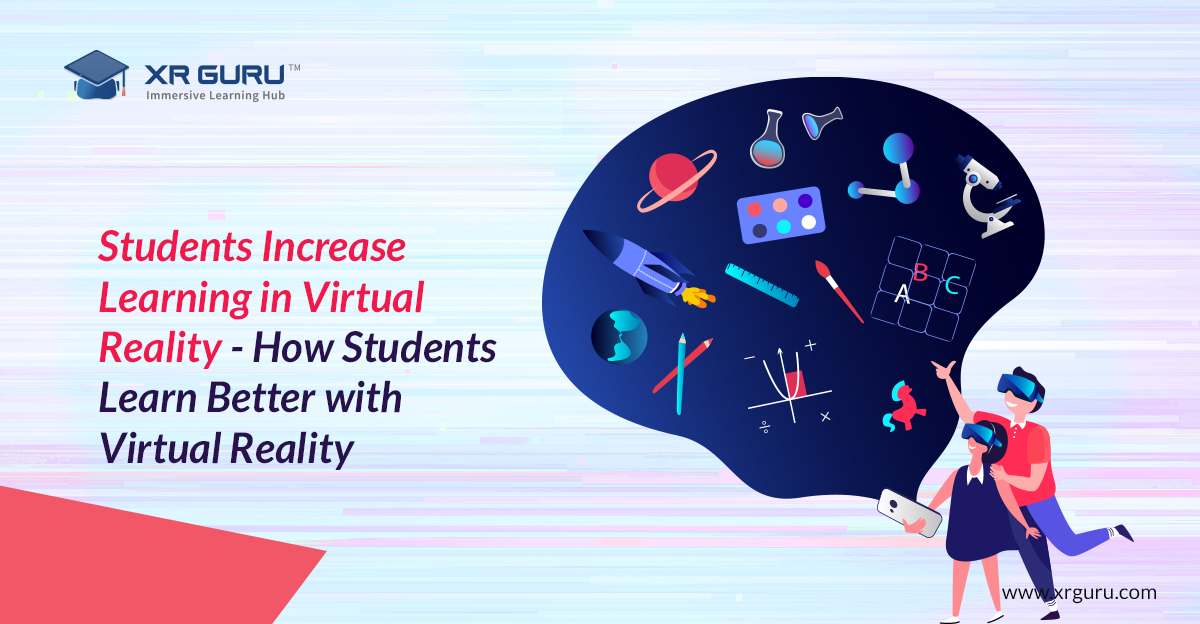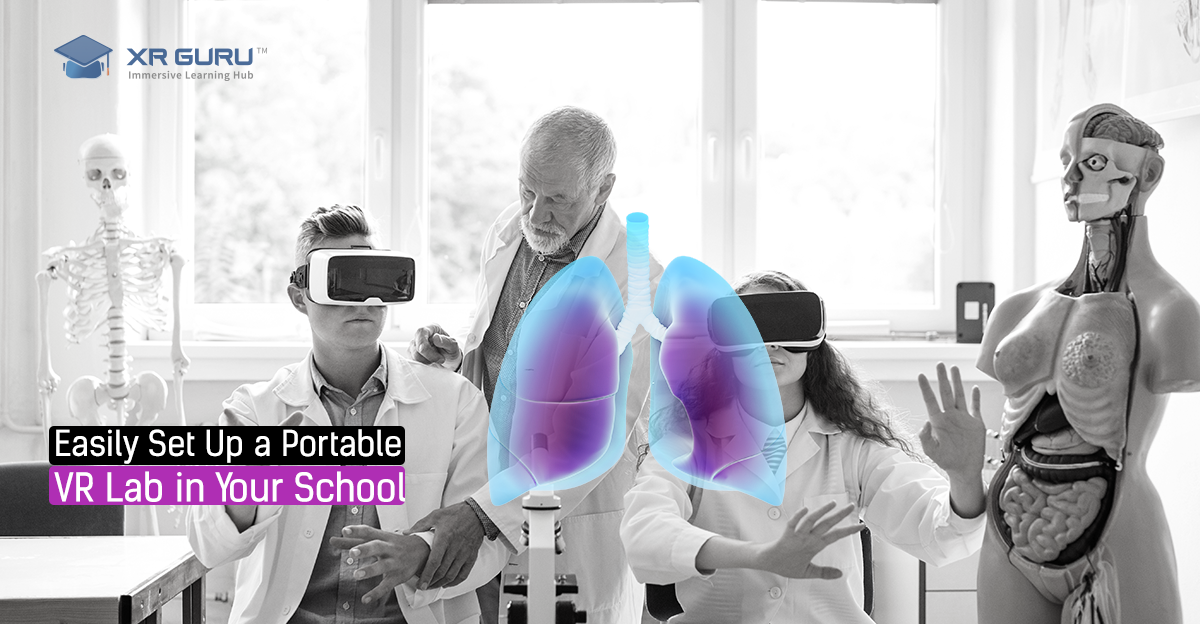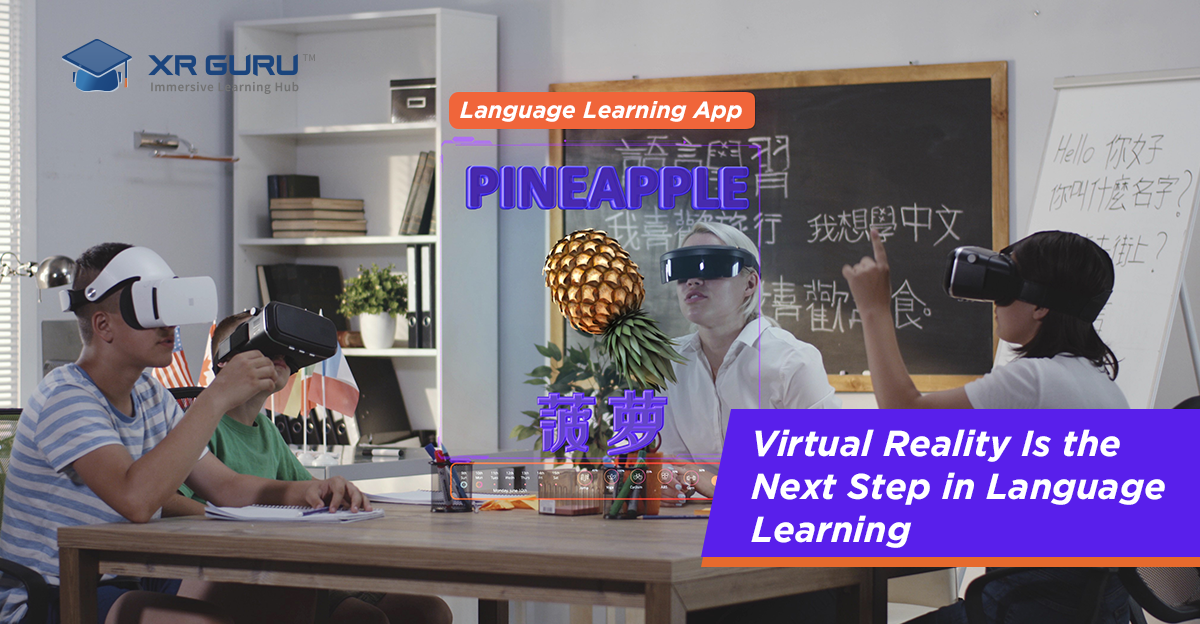3 Steps to Building Your First Augmented Reality Classroom

The world around us is changing with each passing day, and rapid advancements in technology continue to yield innovative solutions to help make our life easier. As the world evolves, educators around the world are also seeking new, exciting ways to make education more fun, interactive, and engaging. Adopting immersive technologies such as Augmented Reality (AR) in the classroom offers just that. Like many, you may associate AR with gaming and entertainment applications like Pokémon Go or Snapchat. However, the potential of augmented reality is not limited to the realms of entertainment, AR is making contributions in diverse sectors, including education. In fact, a recent study predicts the global market for AR in education, which stood at $1.5 billion in 2020, will reach up to $85 billion in 2031, accelerating at a super-colossal compound annual growth rate (CAGR) of 80%. It also predicts the demand for AR content in K-12 education will grow at a CAGR of 75% over the next decade. ...



